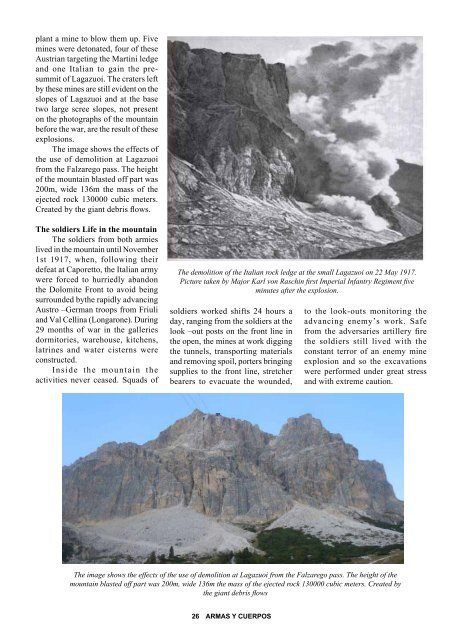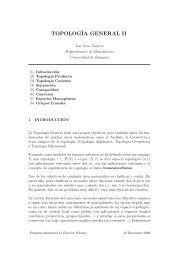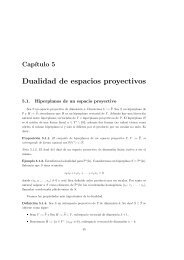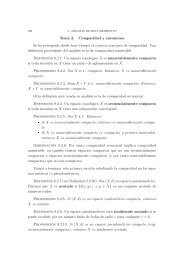Logística: Matemáticas y Ejército I. - Universidad de Zaragoza
Logística: Matemáticas y Ejército I. - Universidad de Zaragoza
Logística: Matemáticas y Ejército I. - Universidad de Zaragoza
Create successful ePaper yourself
Turn your PDF publications into a flip-book with our unique Google optimized e-Paper software.
plant a mine to blow them up. Five<br />
mines were <strong>de</strong>tonated, four of these<br />
Austrian targeting the Martini ledge<br />
and one Italian to gain the presummit<br />
of Lagazuoi. The craters left<br />
by these mines are still evi<strong>de</strong>nt on the<br />
slopes of Lagazuoi and at the base<br />
two large scree slopes, not present<br />
on the photographs of the mountain<br />
before the war, are the result of these<br />
explosions.<br />
The image shows the effects of<br />
the use of <strong>de</strong>molition at Lagazuoi<br />
from the Falzarego pass. The height<br />
of the mountain blasted off part was<br />
200m, wi<strong>de</strong> 136m the mass of the<br />
ejected rock 130000 cubic meters.<br />
Created by the giant <strong>de</strong>bris flows.<br />
The soldiers Life in the mountain<br />
The soldiers from both armies<br />
lived in the mountain until November<br />
1st 1917, when, following their<br />
<strong>de</strong>feat at Caporetto, the Italian army<br />
were forced to hurriedly abandon<br />
the Dolomite Front to avoid being<br />
surroun<strong>de</strong>d bythe rapidly advancing<br />
Austro –German troops from Friuli<br />
and Val Cellina (Longarone). During<br />
29 months of war in the galleries<br />
dormitories, warehouse, kitchens,<br />
latrines and water cisterns were<br />
constructed.<br />
Insi<strong>de</strong> the mountain the<br />
activities never ceased. Squads of<br />
The <strong>de</strong>molition of the Italian rock ledge at the small Lagazuoi on 22 May 1917.<br />
Picture taken by Major Karl von Raschin first Imperial Infantry Regiment five<br />
minutes after the explosion.<br />
soldiers worked shifts 24 hours a<br />
day, ranging from the soldiers at the<br />
look –out posts on the front line in<br />
the open, the mines at work digging<br />
the tunnels, transporting materials<br />
and removing spoil, porters bringing<br />
supplies to the front line, stretcher<br />
bearers to evacuate the woun<strong>de</strong>d,<br />
The image shows the effects of the use of <strong>de</strong>molition at Lagazuoi from the Falzarego pass. The height of the<br />
mountain blasted off part was 200m, wi<strong>de</strong> 136m the mass of the ejected rock 130000 cubic meters. Created by<br />
the giant <strong>de</strong>bris flows<br />
26 ARMAS Y CUERPOS<br />
to the look-outs monitoring the<br />
advancing enemy’s work. Safe<br />
from the adversaries artillery fire<br />
the soldiers still lived with the<br />
constant terror of an enemy mine<br />
explosion and so the excavations<br />
were performed un<strong>de</strong>r great stress<br />
and with extreme caution.





